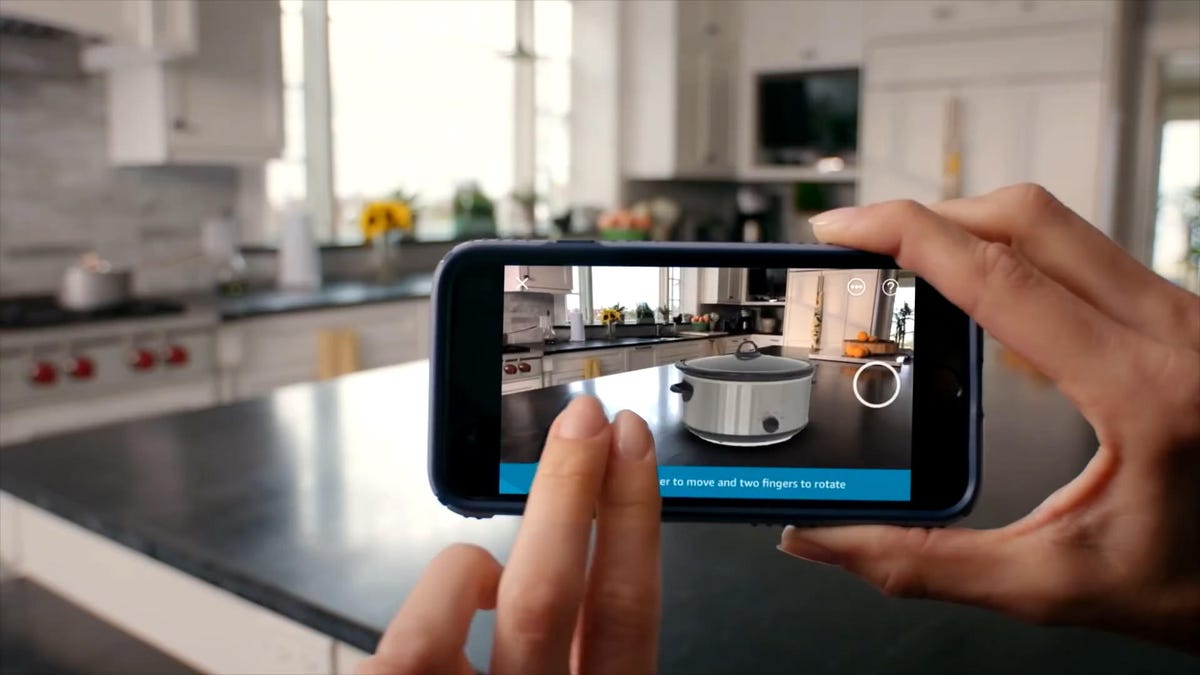AR and VR made simple
These technologies seem confusingly similar but are utterly different.

Augmented reality (AR) and virtual reality (VR) are seem to have been on the cusp of mainstream success for years. But you can't decide if they offer something for you until you understand what they offer at all.
Augmented reality
AR is when you look at the real world and see it overlaid, or augmented, with location-specific information and graphics. This is not the same as something like Google Glass, which merely puts a display of information out in front of your eyes without anchoring it to a relevant location in space.
AR is the easiest of the two new "realities" to sample: You can experience it by holding up your phone while running one of hundreds of AR apps, sliding your phone into a face-mounted holder for more immersion or using a dedicated AR headset such as Microsoft HoloLens, Magic Leap or ODG R-7 for highest performance.
The world knows AR best from Pokemon Go, though I'm most excited by more useful AR applications such as navigating a big-box store or buying furniture that you never feel the need to return.
Virtual reality
VR is when the sights and sounds around you are replaced with virtual, computer-generated ones. The environment that results can be quite natural (being at a basketball game) or completely imagined (being in a video game). VR surrounds you in 360 degrees and three dimensions to drive home the illusion. In its most ambitious forms, its places are fully navigable as you move through them and use your hands to manipulate objects.
Like AR, VR can be sampled with your phone in a simple cardboard or plastic head mount, but the attention is mostly on high-performance head-mounted displays such as the Oculus Rift, PlayStation VR or HTC Vive. Until recently, all VR head-mounted displays were tethered to either a console or PC, but newer models such as the Google Daydream and Oculus Go are going cordless. That's key to achieving any mass acceptance, but currently requires some performance tradeoffs that degrade the illusion of being transported somewhere else.
A curve ball
Just when you think you're getting all this, a curve ball: The term "mixed reality" (MR) pops up a lot and describes technology that blends AR's augmentation of the real world with VR's ability to insert synthetic elements into it, like having animated characters walk across your table. In many cases, MR describes software and content more than the hardware being used. I don't get too caught up in the hard boundaries of any of these terms because the market for all three is still very green. Just show me what it does.
Bottom line
All of these are visceral technologies that you need to experience rather than try to fully grasp through this article and video. If you're skeptical, I'd wager you'll come away more excited than you thought you would be. If you're optimistic, I'm pretty sure you'll come away with some disappointments. Such is the path of complex, powerful technologies seeking their place in our already visually dense lives.

